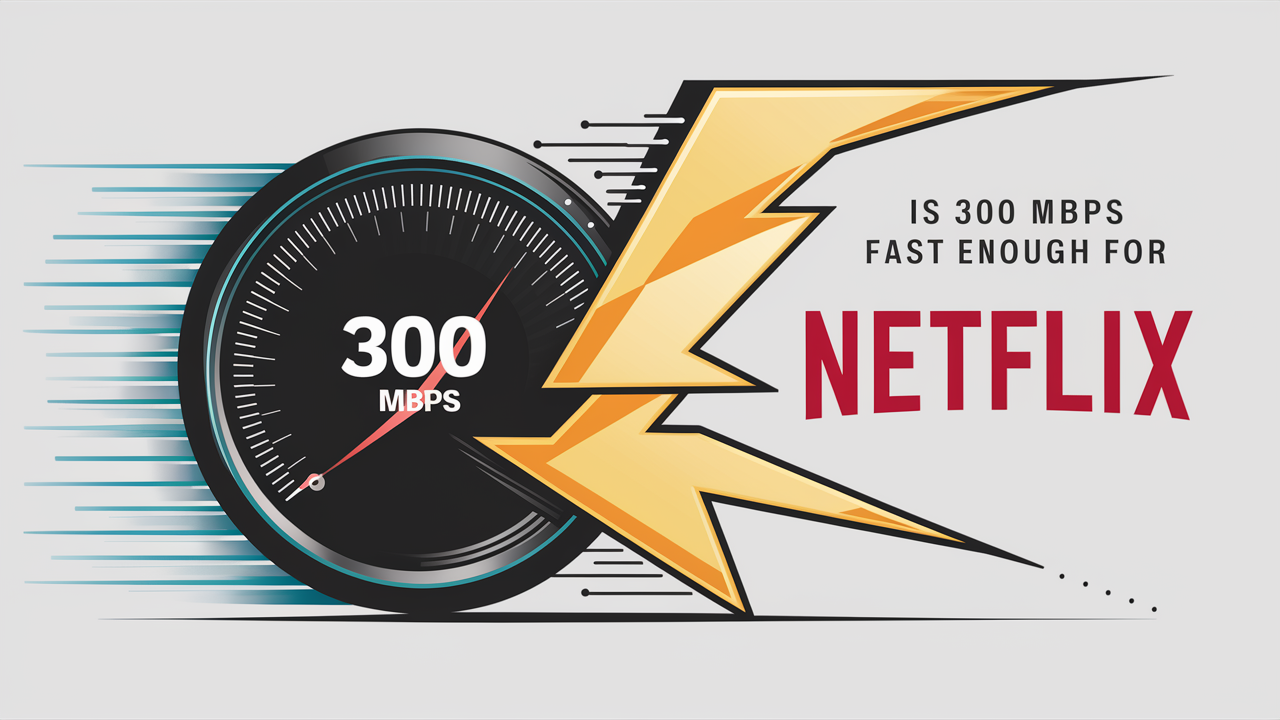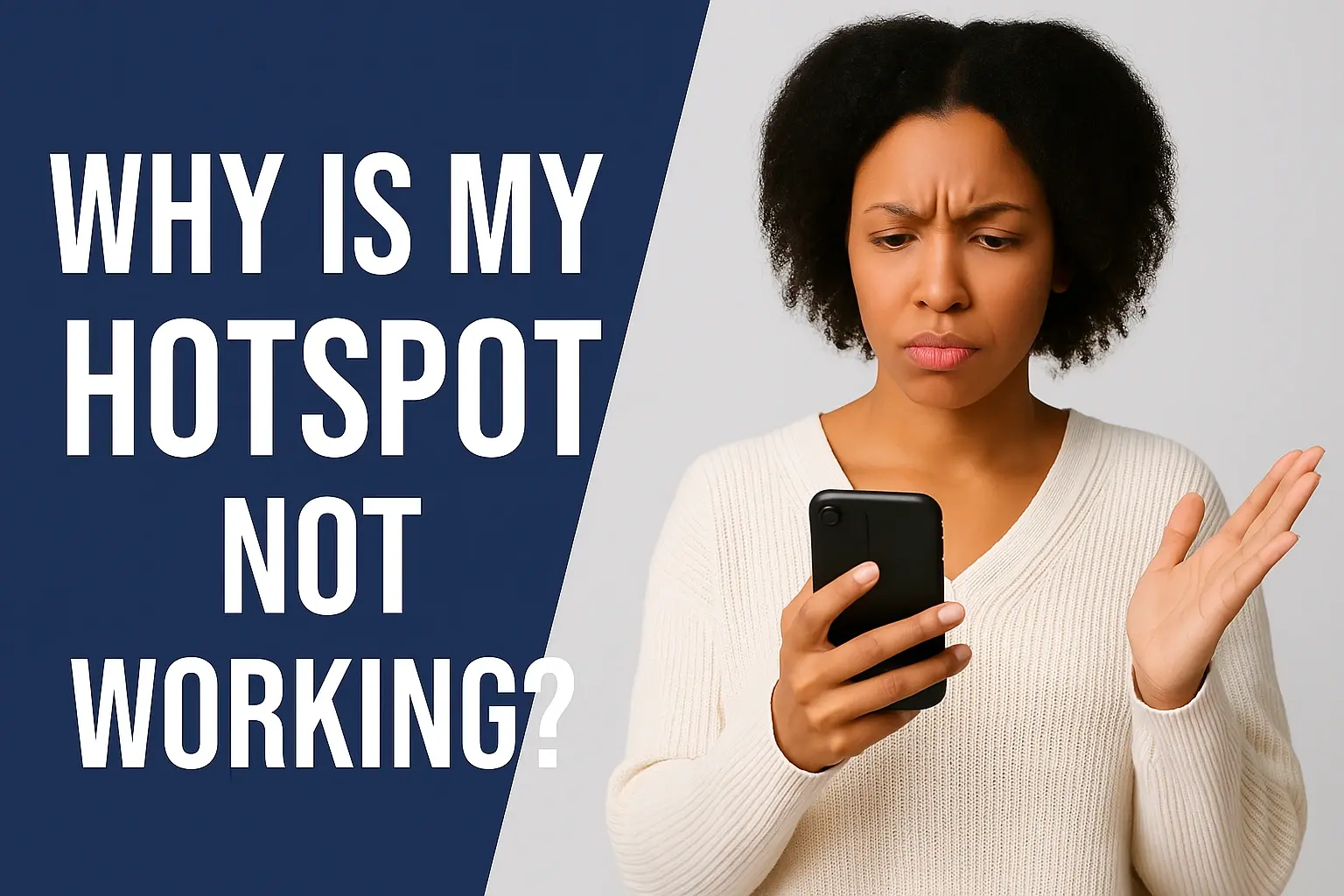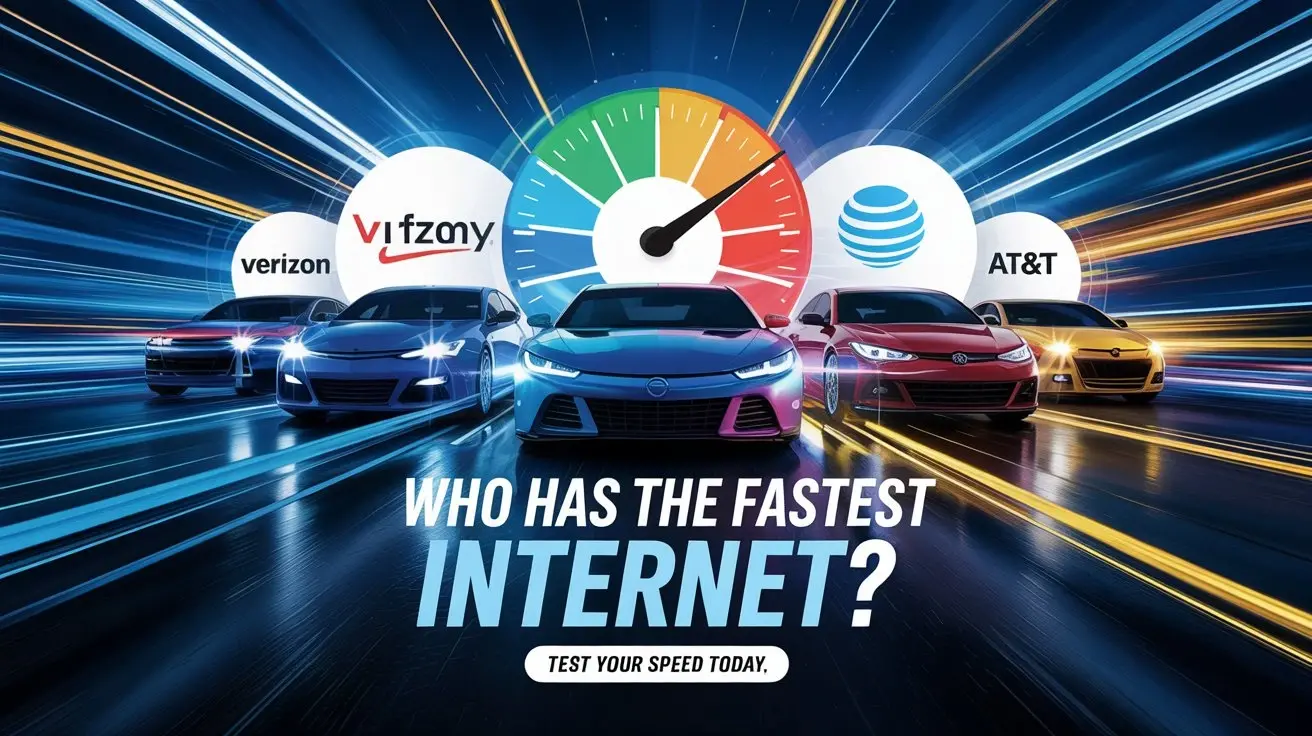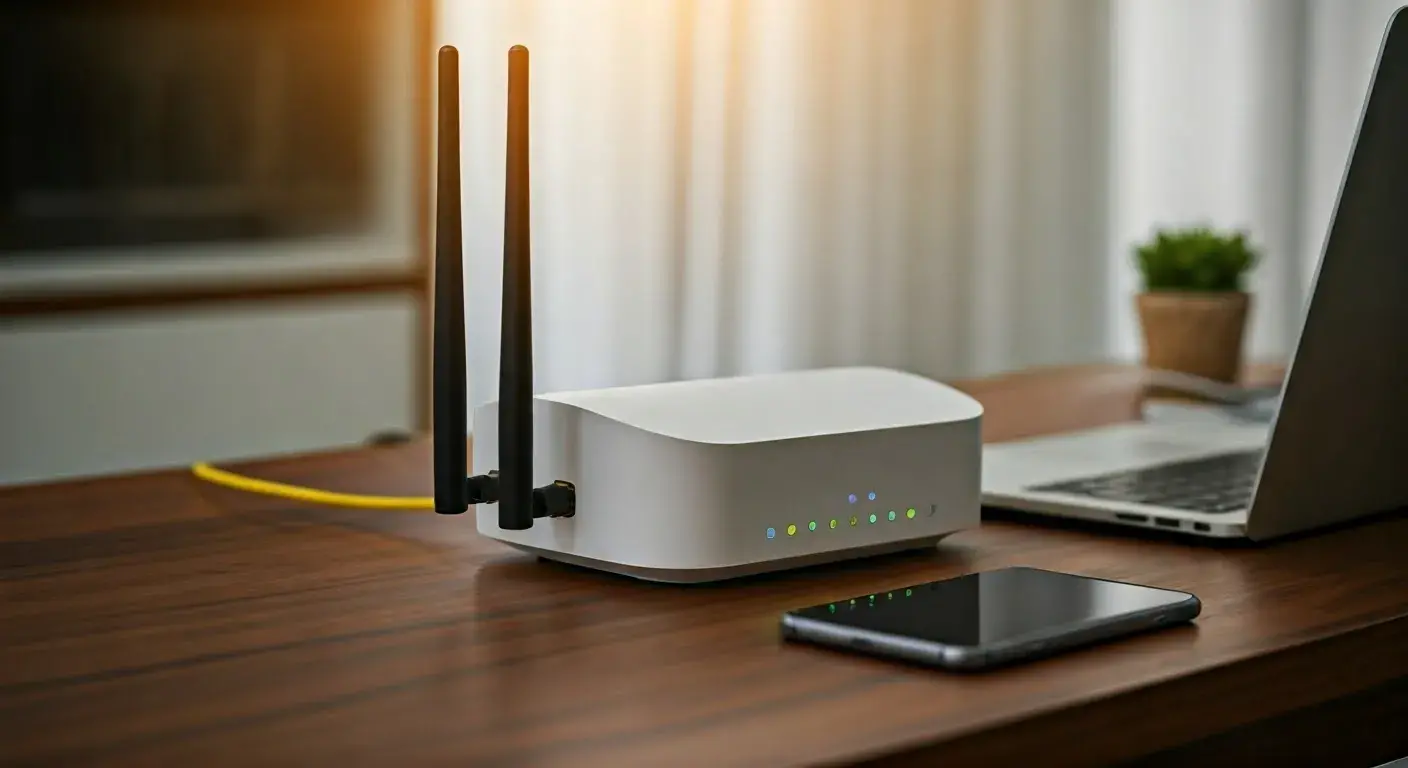Is 300 Mbps Fast Enough for Netflix?

As more people are consuming media through streaming in their households, for example through Netflix, a popular question that arises is what internet speed one requires for this. In particular, whether 300 megabits per second (Mbps) is sufficient for Netflix streaming without buffering. It is time to pay some attention to a few of them which are as under:
So, what speed does Netflix recommend?
Netflix itself has suggested that to watch ultra HD content on 4k TVs one requires an internet download speed of 25Mbps or above. For Full HighDefinition (HD) streaming to normal HDTVs, they recommend a speed of 5 Mbps for 1080p. As for basic quality streaming, it only takes 1.5 Mbps of effective bandwidth for streaming.
Of course, based on Netflix’s own recommended speed, 300 Mbps is way above what should be necessary even for the top 4K Ultra HD streaming. However, that does not always imply that you will be receiving seamless performance at that speed.
Of course, some objective factors define how well Netflix streams, apart from the basic speed of your connection. These include:
- The number of streams that can be watched at a time
- This is due to the differences in usage habits of other persons using the same network as that of the intended recipient.
- To provide a foundation to find the solution to your home network issue, the following are some best practices for the performance of your home network:
- The total available bandwidth of the internet when it is at its busiest.
Let me explain how each of them can affect the quality of streaming Netflix even when connected to a fast 300 Mbps connection.
Number of Concurrent Streams
Even though 25 Mbps is enough to support one 4K Netflix stream, how would it hold up with two, three, or four different Netflix streams running at the same time for multiple family members?
For instance, if you simultaneously watch four Ultra HD streams, you would ideally require at least 100 Mbps (4 x 25Mbps) to ensure no deterioration in the quality of the stream and no buffering. If you are talking about the full 300 Mbps and none of it is being consumed by other online activities at the same time for which the bandwidth is also being used for streaming then yes you are right it is very much at the edge.
Even with several connected devices, just using the internet or running programs updating in the background can also exhaust bandwidth. Quite as expected, real-world demands are very often above estimating for Netflix only.
Usage Habits of Others
Yep, if you are streaming through a common connection such as DSL or cable internet to an entire house, your actual streaming ability is entirely determined by what the other people in your house are simultaneously accessing on the internet.
It is not just streaming movies, live broadcasts, or sharing videos that can eat up the 300 Mbps that you have subscribed to; even gaming, video calls, posting photos, and just general web surfing do. In other words, even if such speed may sound incredibly fast for one user’s Netflix stream in isolation, in a setting with several users it can be saturated.
Having teens at home on YouTube or TikTok after work when you just want to watch Netflix can entirely spoil your evening. Background running of the Operating System and the applications on the phones and laptops consume the capacity in minuscule amounts that cumulatively make a big difference.
Thus, one individual with Netflix, for example, who sleeps through the night might receive pristine pictures and sounds on a 300 Mbps connection. However, several moderate to heavy internet users in a household can strain the internet to the extent that the video is downgraded.
Management of Your Network
Having a broadband connection isn’t the only thing that determines your throughput for streaming. The amount of available bandwidth in your home through your WiFi also significantly contributes to the amount of bandwidth you get.
Challenges such as poor router signal strength, neighbor’s Interference on the wireless signal, physical barriers such as walls and floors, congested bands, and incorrect configuration are common with home wireless networks.
You probably pay your ISP $70 per month for 300 Mbps service, but on your smartphones and tablets, you’re getting only 30 Mbps over WiFi which causes significant quality drops, even if there are no other devices connected. Increasing your local area network with newer networking hardware can greatly change your LAN performance.
Total Availability of Internet Resources During Busy Hours
ISPs use something called ‘maximum connection speed’ which they display for their customers even though the speeds are not guaranteed to be constant. Even though broadband technologies provide a certain advertised speed, the actual speed varies with the type of connection – cable, fiber optic, DSL, etc.
If the majority of customers in the neighborhood are quite busy during the daytime but become active in the evenings watching Netflix, your ISP may face much more traffic in the evening. If they have not targeted overall capacity investment enough, this can mean higher performance degradation during the period of peak congestion.
Thus, during the off-peak-peak period, you can stream your favorite series on Netflix, and get a steady 300 Mbps connection, but during the peak hours, you may see significant drops in the video quality. Sometimes, it is possible to resolve the issue without signing up for an expensive new plan with your current ISP or changing your provider.
It is not clear about Netflix Quality Settings since it failed to mention it explicitly either in the Basic or Standard package.
We have discussed how your 300 Mbps connection speed may be an issue when streaming multiple devices and under heavy network utilization. So what can be done on Netflix itself, if bandwidth is scarce such that the service and its multiple quality options must fit into it?
Depending on the standard video quality of your Netflix determines the amount of data you consume per hour. 720p/SD uses only 700MB per hour and Full HD takes about 3GB per hour while Ultra HD gulps down a whopping 7GB per hour.
Returning your video quality in your Netflix account settlements manually proves useful in moments of restricted capacity. You also have data-saving toggle switches for the streams where users can adjust the amount of usage allowed.
Another Netflix setting that runs in the background is transcoding videos to mobile-friendly formats also helps to save bandwidth.
Lastly, the ability to store movies and shows for offline use on mobile devices whenever one is connected to WiFi means that space is conserved for other concurrent streaming gadgets or purposes. The full quality is maintained offline and thus no resolution throttling is experienced in the process.
Bottom Line
In conclusion, therefore, let me state that even though 300 Mbps internet speed looks very impressive when compared to Netflix’s recommended bandwidth for various streaming qualities, the real-world performance of your Internet connection depends a lot on what else is occupying your bandwidth at the same time.
Congestion during the peak period, a limited home network, and the usage of multiple devices can all reduce video resolution, induce buffering, and negatively affect streaming even if the user is receiving an overspecified 300 Mbps pipe.
Subscribers can try tweaking the Netflix settings, plan their streaming time across the house members, and invest in better home networking equipment which can help to get the best out of the streaming. However, to finally attain the best Netflix performance, the user often needs to pay his or her ISP for an even faster-dedicated connection or change his or her broadband service provider.
Ready to upgrade your internet experience? Call us now at +1 844-349-7575 to explore the best Cox Internet plans for your needs!





